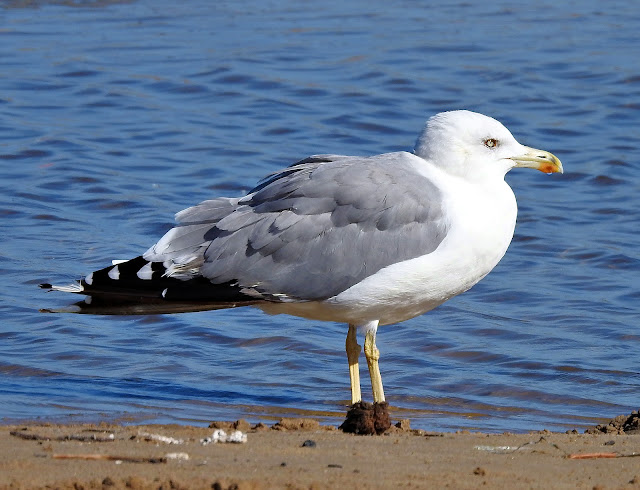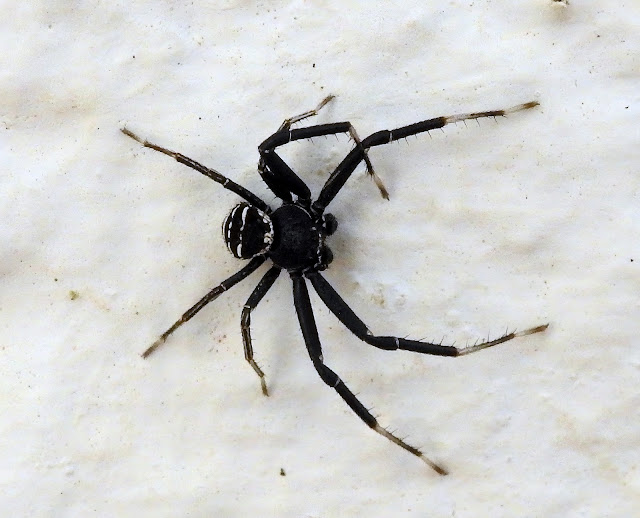The monk parakeet (Myiopsitta monachus), also known as the Quaker parrot, is a species of true parrot in the family Psittacidae. It is a small, bright-green parrot with a greyish breast and greenish-yellow abdomen. Its average lifespan is 20–30 years. It originates from the temperate to subtropical areas of South America. Self-sustaining feral populations occur in many places, mainly in areas of similar climate in North America and Europe.
In its native range, the monk parakeet is very common. In Argentina, Brazil, and Uruguay, monk parakeets are regarded as major agricultural pests (as noted by Charles Darwin, among others). Their population explosion in South American rural areas seems to be associated with the expansion of eucalyptus forestry for paper pulp production, which offers the bird the opportunity to build protected nests in artificial forests where ecological competition from other species is limited.
Self-sustaining feral populations have been recorded in several U.S. states and various regions of Europe (namely Spain, Portugal, Azores, Madeira, Balearic Islands, Gibraltar, France, Corsica, Malta, Cyprus, Sardinia, Italy, Greece, Romania, Channel Islands, Great Britain, Ireland, and Belgium), as well as in British Columbia, Canada, Brazil, Mexico, Chile, Israel, Bermuda, Bahamas, the United States, Cayman Islands, Puerto Rico, Easter Island, South Korea, Singapore, and Japan. As it is an open-woodlands species, it adapts readily to urban areas.
In areas where they have been introduced, some fear they will harm crops and native species, while others dispute evidence of harm caused by feral colonies, and oppose exterminating these birds, but local bans and eradication programs exist in some areas of the U.S. Outside the U.S., introduced populations do not appear to raise similar controversy, presumably because of smaller numbers of birds, or because their settlement in urban areas does not pose a threat to agricultural production. The U.K. appears to have changed its view on its feral populations and the Department for the Environment, Food and Rural Affairs is planning to remove monk parakeets from the wild, as it believes that they threaten local wildlife and crops.












%201.jpg)
%202.jpg)












%201.jpg)
%202.jpg)







%201.jpg)
%201.jpg)
%202.jpg)






.jpg)

